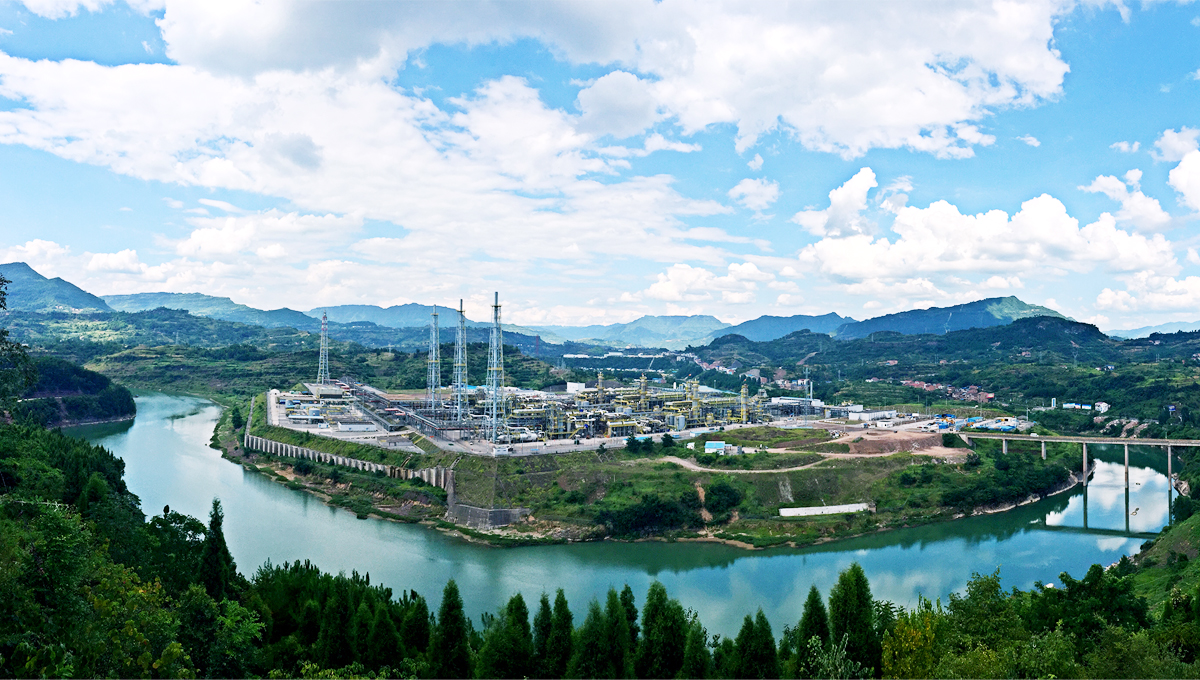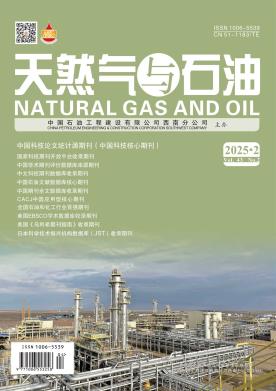全球深水区富烃凹陷形成机理
The formation mechanisms of the hydrocarbonrich depressions in global deepwater areas
浏览(12347) 下载(14)
- 引用格式:
-
张功成,封从军,徐建永,李林,姚兴宗,冯杨伟,陈莹.全球深水区富烃凹陷形成机理[J].天然气与石油,2024,42(6):65-82.doi:10.3969/j.issn.1006-5539.2024.06.008
ZHANG Gongcheng, FENG Congjun, XU Jianyong, LI Lin, YAO Xingzong, FENG Yangwei, CHEN Ying.The formation mechanisms of the hydrocarbonrich depressions in global deepwater areas[J].Natural Gas and Oil,2024,42(6):65-82.doi:10.3969/j.issn.1006-5539.2024.06.008
- DOI:
- 10.3969/j.issn.1006-5539.2024.06.008
- 作者:
- 张功成1,2 封从军1 徐建永2 李林3 姚兴宗1 冯杨伟4 陈莹2
ZHANG Gongcheng1,2, FENG Congjun1, XU Jianyong2, LI Lin3, YAO Xingzong1, FENG Yangwei4, CHEN Ying2
- 作者单位:
- 1. 西北大学地质学系, 陕西 西安 710069; 2. 中海油研究总院有限责任公司, 北京 100028; 3. 南方石油勘探开发有限责任公司, 海南 海口 570216; 4. 南阳师范学院地理科学与旅游学院, 河南 南阳 473061
1. Department of Geology, Northwest University, Xian, Shaanxi, 710069, China; 2. CNOOC Research Institute Co., Ltd., Beijing, 100028, China; 3. Southern Petroleum Exploration and Development Co., Ltd., Haikou, Hainan, 570216, China; 4. School of Geography and Tourism, Nanyang Normal University, Nanyang, Henan, 473061, China
- 关键词:
- 深水区;油气勘探;成藏组合;富生烃凹陷;盆地
Deep-water areas; Oil and gas exploration; Reservoir combination; Hydrocarbon-rich depression; Basin
- 摘要:
- 进入21世纪以来,深水区已经成为全球常规油气储量增长的主要领域,目前处于发现期的早期,勘探潜力巨大。截至目前,全球深水区已发现的探明油气地质储量在10×108
t以上的巨型、大型富油气盆地(群)共17个,其形成条件是影响/制约深水油气勘探的关键科学问题。基于对全球深水区已发现油气田分布和形成条件的综合研究,首次提出了控制深水巨型、大型富油气盆地(群)形成的“四广”成藏特征,即广烃源、广优储、广强盖、广圈闭。全球海洋深水区油气勘探存在两大领域:已证实的巨型、大型富油气盆地(群)的新领域和潜在的巨型、大型富油气盆地(群)。已证实的巨型、大型富油气盆地(群)的新领域主要包括盆地的超深水区、深层隐蔽圈闭及浅层隐蔽圈闭,是今后主要勘探领域,如大西洋陆缘盆地盐下深层、东非陆缘侏罗—白垩系碎屑岩与碳酸盐岩、南海北部深水区深层潜山、巴伦支海三叠系、东地中海盐下白垩系碎屑岩及侏罗系生物礁、澳大利亚西北陆架波拿巴盆地深层石炭—二叠系等,勘探程度低,是近期深水勘探的主攻方向。潜在的巨型、大型富油气盆地(群)资源潜力大,当前这些盆地或已钻井有油气发现、或没有钻井且勘探程度低,与已证实的巨型、大型富油气盆地(群)经历了类似的构造演化过程,油气地质条件相似,是未来深水油气勘探新的增长点。
Since the beginning of the 21st century, the deep-water areas have become the main field for the growth of global conventional oil and gas reserves, remaining in the early stage of discovery with substantial exploration potential. Up to now,17 giant and large petroliferous basins (or basin groups) with proven oil and gas reserves exceeding 10×108 tons have been discovered in global deep-water areas. Their formation conditions constitute the key scientific issues affecting and restricting deep-water oil and gas exploration. Based on the comprehensive study of the distribution and formation conditions of the discovered oil and gas fields in the global deep-water areas, this paper proposes, for the first time, the “four widespread elements” controlling the formation of deep-water giant and large petroliferous basins(group):“widespread hydrocarbon source rock”,“widespread high-quality reservoir”,“widespread effective cap” and “widespread large trap”. There are two major fields of oil and gas exploration in global deep-water areas: new fields in the proven giant and large petroliferous basins and potential giant and large petroliferous basins. The new fields in the proven giant and large petroliferous basins mainly include ultra-deep water areas, deep layers, and shallow-layer subtle traps, which represent the main exploration fields for the future. Examples include deep sub-salt layers in the Atlantic continental margin basin, Jurassic-Cretaceous clastic and carbonate rocks in the East African continental margin, deep buried hills in the deep-water areas of the northern South China Sea, the Triassic in the Barents Sea, sub-salt Cretaceous clastic rocks and Jurassic reefs in the East Mediterranean, and deep CarboniferousPermian in the Bonaparte Basin on the northwest shelf of Australia. Given their low exploration levels, these areas are key targets for near-term deep-water exploration. The potential giant and large petroliferous basins, which may already have oil and gas discoveries, drilled wells, or remained undrilled with low exploration levels, share similar tectonic evolution processes and petroleum geological conditions with the proven giant and large petroliferous basins. These basins have significant resource potential and are new growth points for future deep-water oil and gas exploration.



